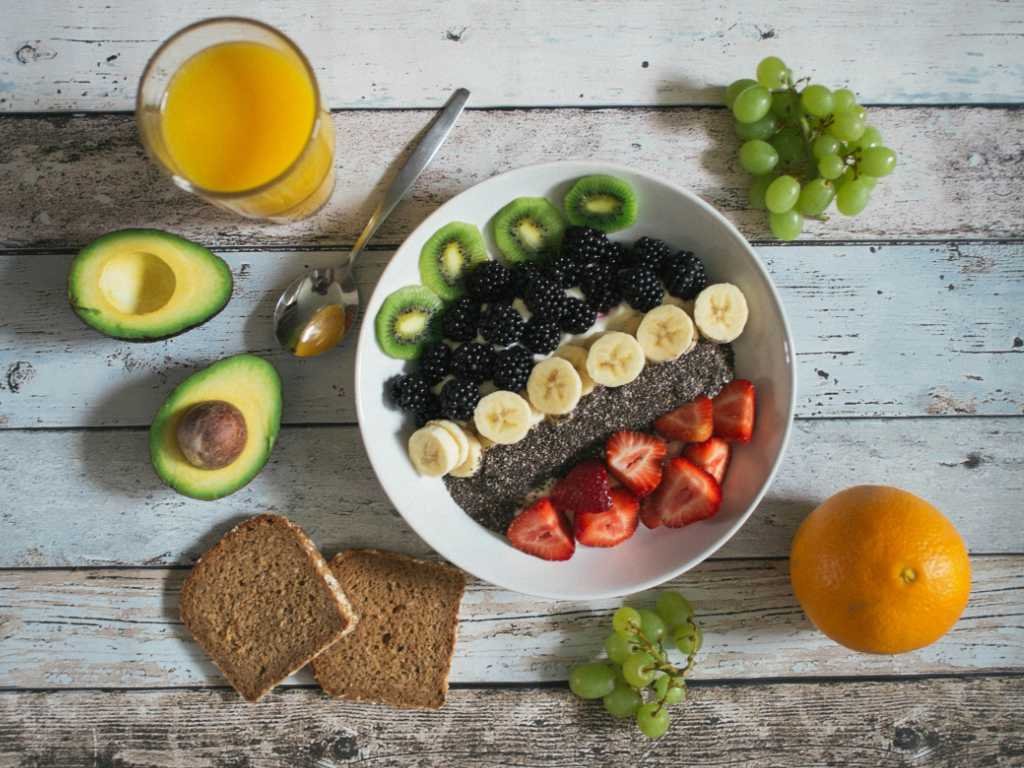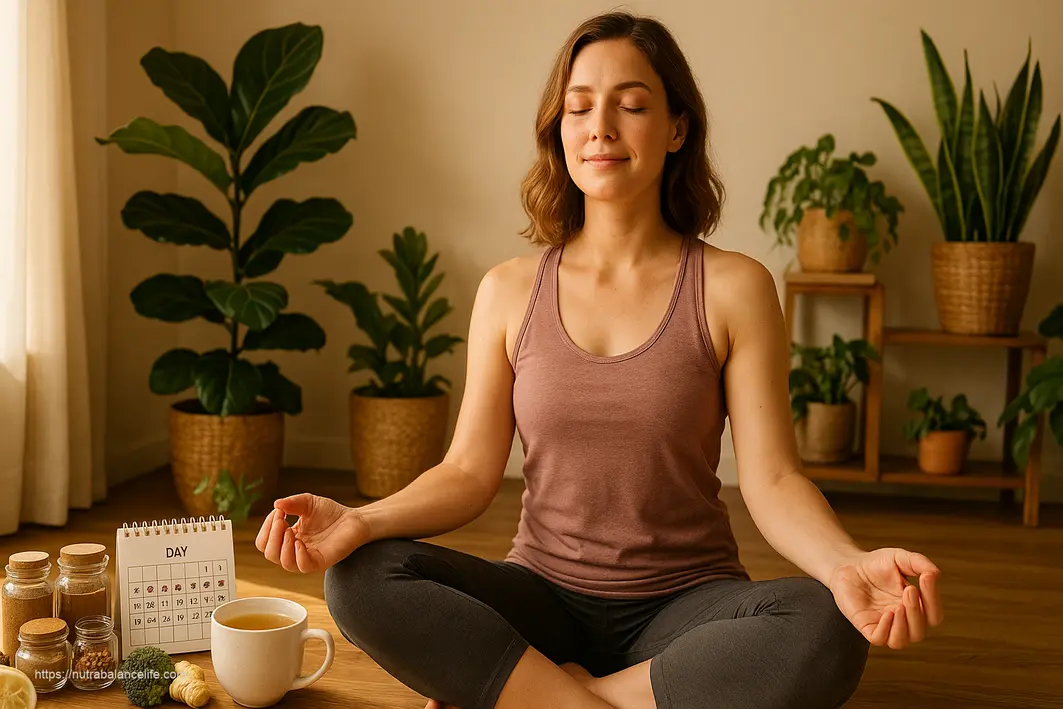Have you ever found yourself lying awake at 3 AM, your mind racing with worries about tomorrow’s presentation or replaying that awkward conversation from earlier? If you’re nodding along, you’re definitely not alone. Emotional wellness techniques aren’t just buzzwords thrown around by wellness gurus – they’re practical tools that can transform how you navigate life’s ups and downs, helping you build resilience and find balance even when everything feels chaotic.
The truth is, most of us weren’t taught how to handle our emotions effectively. We learned to brush them aside, push through the tough times, or maybe even numb them with Netflix binges and stress-eating sessions. But what if I told you there’s a better way? What if managing your emotional health could be as routine as brushing your teeth?
What Exactly Is Emotional Wellness?
Emotional wellness goes way beyond just “thinking positive thoughts” or forcing a smile when you’re having a rough day. It’s actually about developing the skills to recognize, understand, and healthily express your full range of emotions – yes, even the uncomfortable ones like anger, sadness, or fear.
Think of emotional wellness as your emotional immune system. Just like physical fitness helps your body handle stress and recover from illness, emotional wellness helps you bounce back from setbacks, adapt to changes, and maintain meaningful relationships even when life throws you curveballs.
The CDC defines emotional well-being as the ability to cope with life stressors, work productively, and contribute to your community. It’s not about being happy all the time (that would be exhausting!), but rather about having the tools to navigate whatever comes your way.
Here’s what’s fascinating: research shows that people with better emotional balance don’t just feel better mentally – they actually have stronger immune systems, lower rates of heart disease, and even live longer. It’s like your emotions are having a conversation with every cell in your body.
Why Daily Emotional Wellness Practices Matter More Than You Think
I used to think emotional wellness was something you dealt with during crisis moments – like when you’re going through a breakup or dealing with work stress. But here’s what I’ve learned: waiting until you’re in emotional turmoil to start practicing these techniques is like waiting until you’re drowning to learn how to swim.
Daily emotional wellness practices work because they:
- Build your emotional muscle memory, making it easier to handle stress when it hits
- Create positive neural pathways in your brain that literally rewire how you respond to challenges
- Prevent small stressors from snowballing into major mental health issues
- Give you a sense of control and agency in your life
Think about it this way: athletes don’t just train the day of the big game. They practice every single day, building strength and skill gradually. Your emotional fitness works the same way. Those five minutes of morning journaling or that brief meditation session might seem insignificant, but they’re actually creating lasting changes in how your brain processes stress and emotions.

The Science-Backed Emotional Wellness Techniques That Actually Work
Let’s dive into the techniques that have solid research backing them up. I’m not talking about feel-good fluff here – these are strategies that neuroscientists and psychologists have studied extensively.
Mindfulness Meditation: Your Mental Reset Button
Mindfulness meditation might sound intimidating, but it’s honestly one of the most accessible emotional wellness techniques out there. At its core, mindfulness is just about paying attention to what’s happening right now, without judgment.
Here’s a simple way to start: Set a timer for five minutes (seriously, just five). Sit comfortably, close your eyes, and focus on your breath. When your mind wanders (and it will – that’s totally normal), gently bring your attention back to breathing. That’s it.
Research from Harvard Medical School shows that regular mindfulness practice actually changes your brain structure, increasing gray matter in areas associated with emotional regulation and decreasing it in the amygdala, which processes fear and stress. Pretty cool, right?
The beauty of mindfulness is that you can practice it anywhere. Stuck in traffic? That’s a perfect time for some mindful breathing. Waiting for your coffee to brew? Notice the sounds, smells, and sensations around you. These micro-moments of mindfulness add up to significant emotional benefits over time.
Journaling: Your Personal Emotional Detective
It’s one of the most powerful tools for emotional self-reflection. When you write down your thoughts and feelings, you’re essentially having a conversation with yourself that can reveal patterns you might not otherwise notice.
Don’t worry about having perfect grammar or profound insights. Sometimes the most helpful journal entries are the messy, stream-of-consciousness ones where you just dump everything onto the page. Research published found that writing about emotional experiences for just 15-20 minutes can improve both mental and physical health.
Try this: Each evening, write about three things that happened that day and how they made you feel. Notice any patterns over time. Maybe you realize that you always feel anxious after scrolling social media, or that you’re happiest when you spend time outdoors. These insights are gold for improving your emotional wellness.
Physical Activity: Moving Your Body to Move Your Mood
You’ve probably heard that exercise is good for mental health, but the connection between physical activity and emotional balance is even stronger than most people realize. When you move your body, you’re not just burning calories – you’re literally changing your brain chemistry.
Exercise increases the production of endorphins (your body’s natural mood boosters), reduces stress hormones like cortisol, and promotes the growth of new neural connections. Plus, there’s something powerful about proving to yourself that you can do hard things, even when it’s just convincing yourself to take a walk when you’d rather stay on the couch.
You don’t need to become a gym rat to reap these benefits. A 20-minute walk, some gentle yoga stretches, or even dancing to your favorite songs in your living room can make a real difference in your emotional state. The key is finding movement that you actually enjoy, not movement that feels like punishment.
Research shows that regular physical activity can be as effective as medication for treating mild to moderate depression. That doesn’t mean you should throw away your antidepressants and hit the treadmill (always consult with your healthcare provider about medication changes), but it does show just how powerful movement can be for emotional wellness.
Nutrition: Feeding Your Feelings the Right Way

Here’s something that might surprise you: what you eat has a direct impact on how you feel emotionally. Your gut produces about 90% of your body’s serotonin (the “happy hormone”), so healthy eating habits aren’t just good for your waistline – they’re essential for emotional balance.
When your blood sugar spikes and crashes throughout the day, your mood goes along for the ride. Ever notice how you get cranky when you’re hungry? That’s your body telling you that stable energy levels and stable moods go hand in hand.
Focus on eating regular meals with a good balance of protein, healthy fats, and complex carbohydrates. Foods rich in omega-3 fatty acids (like salmon, walnuts, and flaxseeds) have been shown to support brain health and emotional regulation. And while that afternoon cookie might give you a temporary mood boost, choosing an apple with almond butter will give you more sustained energy and emotional stability.
Don’t forget about hydration! Even mild dehydration can affect your mood and cognitive function. Sometimes what feels like an emotional low is actually just your brain asking for water.
Social Connections: Your Emotional Safety Net
Humans are wired for connection. We’re literally social creatures, and isolation can be as damaging to our health as smoking or obesity. Social connections and support aren’t just nice to have – they’re essential for emotional wellness.
But here’s the thing: it’s not about having a huge social circle. Quality matters more than quantity. Having even one person you can be completely honest with can make a huge difference in your emotional well-being.
Make it a point to reach out to someone every day, even if it’s just a quick text to check in. Share your wins and your struggles. Ask for help when you need it (this is harder than it sounds, I know). And don’t forget to be that supportive person for others too – there’s something incredibly healing about helping someone else through a tough time.
If you’re feeling isolated, consider joining a club, taking a class, or volunteering for a cause you care about. These activities not only connect you with like-minded people but also give you a sense of purpose, which is another key component of emotional wellness.
Self-Care: More Than Bath Bombs and Face Masks
Let’s talk about self-care strategies for a minute, because this term has been so commercialized that we’ve almost forgotten what it really means. Real self-care isn’t about treating yourself to expensive spa days (though those can be nice too). It’s about consistently doing things that actually nurture your physical, emotional, and mental health.
Self-care looks different for everyone. For you, it might be:
- Setting boundaries with that friend who always calls to dump their problems on you
- Going to bed at a reasonable hour instead of staying up scrolling your phone
- Saying no to commitments that drain your energy
- Taking actual lunch breaks instead of eating at your desk
- Spending time in nature, even if it’s just sitting in your backyard
- Reading a book that feeds your soul
- Having tough conversations instead of avoiding conflict
The key is to think of self-care as emotional maintenance rather than emotional indulgence. Just like you wouldn’t skip oil changes for your car and then wonder why it broke down, you can’t skip emotional maintenance and expect to feel great all the time.
One of the most important self-care practices? Learning to talk to yourself with compassion. Most of us have an inner critic that would make Gordon Ramsay look gentle. Start noticing how you talk to yourself, especially when you make mistakes or face challenges. Would you talk to a good friend the way you talk to yourself? If not, it’s time for some serious inner dialogue renovation.
Building Your Personal Emotional Wellness Routine
Now comes the fun part – creating a personalized emotional wellness routine that actually fits into your real life. I’m not going to suggest you wake up at 5 AM for two hours of meditation and journaling (unless that sounds amazing to you, in which case, go for it!).
Start by taking an honest look at your current habits and emotional patterns. When do you feel most stressed? What situations trigger anxiety or overwhelm? When do you feel most balanced and content? These insights will help you figure out where to focus your efforts.

Here’s a framework that works for many people:
Morning ritual (5-10 minutes):
- Brief mindfulness practice or gratitude journaling
- Set an intention for the day
- Move your body, even if it’s just stretching
Midday check-in (2-3 minutes):
- Pause and notice how you’re feeling
- Take a few deep breaths
- Adjust your approach to the rest of the day if needed
Evening wind-down (10-15 minutes):
- Reflect on the day in your journal
- Practice a relaxation technique
- Prepare for restful sleep
Remember, consistency beats intensity. It’s better to do five minutes of emotional wellness practices every day than to do an hour-long session once a week and then burn out.
If you’re looking for more comprehensive strategies, our guide on emotional wellness strategies offers additional techniques you can incorporate into your routine.
When Emotional Wellness Techniques Aren’t Enough
Let’s be real for a moment: while these emotional wellness techniques are incredibly powerful, they’re not magic bullets. If you’re dealing with persistent depression, anxiety disorders, trauma, or other mental health conditions, these practices work best as part of a comprehensive treatment plan that includes professional support.
There’s absolutely no shame in seeking help from a therapist, counselor, or other mental health professional. In fact, it’s often the most emotionally intelligent thing you can do. Think of it this way: you wouldn’t try to perform surgery on yourself, so why try to handle complex emotional issues without professional guidance?
These techniques can absolutely complement therapy and medication, and many mental health professionals actively encourage their clients to develop these kinds of daily practices. But please don’t use them as a substitute for professional care when you really need it.
The Ripple Effect of Emotional Wellness
Here’s something beautiful that happens when you start prioritizing your emotional health: it doesn’t just benefit you. When you’re more emotionally balanced, you show up differently in your relationships. You’re more patient with your kids, more understanding with your partner, and more collaborative with your coworkers.
You become someone who can hold space for others’ emotions without getting overwhelmed. You model healthy emotional expression for the people around you. You create a ripple effect of emotional wellness that extends far beyond your own life.
For those dealing with workplace stress, our article on emotional wellness at work strategies provides specific techniques for maintaining emotional balance in professional settings.
Frequently Asked Questions About Emotional Wellness Techniques
How long does it take to see results from emotional wellness practices?
Some benefits, like the immediate calming effect of deep breathing or the mood boost from exercise, can be felt right away. However, lasting changes in emotional patterns typically develop over 4-8 weeks of consistent practice. The key is patience and persistence – your brain needs time to literally rewire itself.
Can emotional wellness techniques replace therapy or medication?
While these techniques are incredibly beneficial, they’re not substitutes for professional mental health treatment when it’s needed. They work best as complementary practices alongside therapy or medication for more serious mental health conditions. Always consult with healthcare professionals about your specific situation.
What if I don’t have time for a daily emotional wellness routine?
Even 2-3 minutes of mindful breathing or jotting down one thing you’re grateful for can make a difference. The goal isn’t perfection – it’s progress. Start small and build from there. Many practices can be integrated into activities you’re already doing, like mindful eating or walking meditation.
How do I know which emotional wellness techniques will work best for me?
Everyone’s different, so it’s worth experimenting with various approaches. Some people love journaling while others prefer movement-based practices. You might enjoy meditation or find more benefit in social connection activities. Try different techniques for a week or two each and notice what resonates with you.
The Northwestern University wellness guide provides additional insights into finding the right emotional wellness approach for your personality and lifestyle.
Your Emotional Wellness Journey Starts Today
The journey toward better emotional wellness isn’t about achieving some perfect state of constant happiness – it’s about developing the skills and habits that help you navigate life’s inevitable challenges with greater resilience, self-awareness, and grace.
These emotional wellness techniques aren’t one-size-fits-all solutions, and that’s perfectly okay. Your emotional wellness routine should feel as unique as you are. Maybe you’ll discover that morning walks clear your head better than meditation, or that talking to friends is more therapeutic than journaling. The important thing is that you start somewhere and stay curious about what works for your particular brain and life circumstances.
Remember, every expert was once a beginner. Every person who seems to have their emotional life together has had moments of struggle and growth. You’re not behind, and you’re not broken if you’re just starting this journey. You’re exactly where you need to be.
Take a moment right now to think about one small emotional wellness technique you could try today. Maybe it’s taking three deep breaths before your next meeting, writing down one thing you’re grateful for, or sending a text to someone you care about. Whatever it is, that first small step is worth celebrating.
Your emotional wellness matters – not just for you, but for everyone whose life you touch. When you invest in your emotional health, you’re creating ripples of positive change that extend far beyond what you can see. And in a world that often feels chaotic and overwhelming, that’s pretty powerful stuff.
For more comprehensive wellness strategies, explore our collection of articles on mental and emotional wellness to continue building your toolkit for emotional resilience and well-being.














